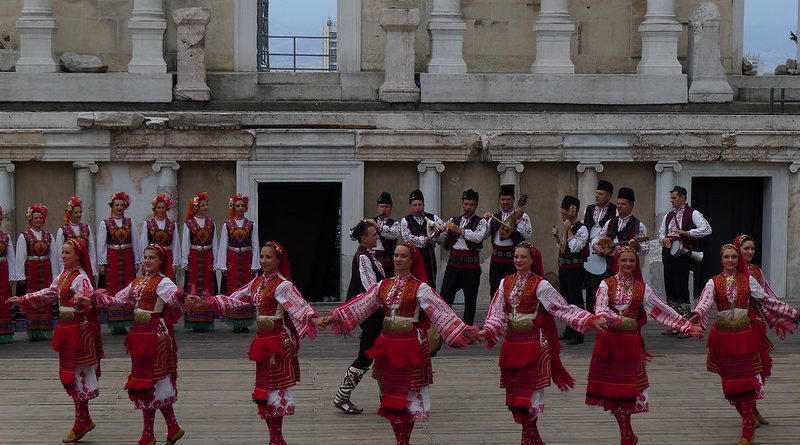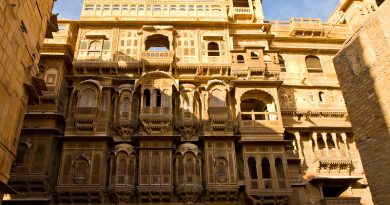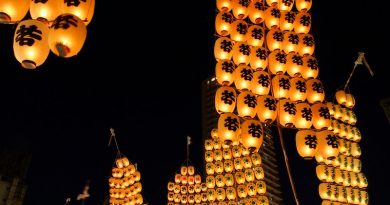Plovdiv: The Heart of Bulgaria
Plovdiv
Lovers of Greek mythology may know where Orpheus went – his head was torn off and thrown into the River Hebros – but not where he came from: Bulgaria.
The mythical musical hero, whose skill with the lyre calmed savage beasts and made trees dance, was born in the heart of the Rhodope Mountains, which stretch all the way to Greece.The main centre here is Plovdiv.
Bulgarians like to say: “Orpheus was a Thracian, and so was Spartacus. Maybe that’s why we are a bit rebellious.
Plovdiv is the oldest continually inhabited city in Europe. Plovdiv is bohemian Bulgaria, where art and culture flourish amid Roman ruins and Thracian legends. Its people nod to say no and shake their heads to say yes and where it is said reticent Bulgaria becomes bold.
Plovdiv is an ancient city, with a history traced back to more than 8000 years. Originally it had seven tall hills, some of which were used for quarries
The city used to be called Philippopolis, after Philip II, the father of Alexander the Great, who ruled this Thracian kingdom in the fourth century BC. His rather camp statue, in which it looks as if he is handing out Toblerone, dominates Jumiya Square. Next to it is the recently restored mosque, splendid in hues of steely blue. During the long occupation by the Ottoman Empire, the mosque was built here.. During Communist times, a statue of the unnamed Russian soldier was erected on one of the three main hills which overlooks the city.
The ancient theatre of Philippopolis is a major attraction here .Although this structure is commonly referred to as an amphitheatre, it is actually a traditional Roman theatre. It stands between the south-western slope of the Dzhambaz Tepe and the Taxim tepe hill within the old town, and is a major draw for travelers coming to the area. According to a builders’ inscription, discovered on the frieze-architrave of the eastern proskenion, the construction of the theatre dates back to the time of Emperor Trajan (reigned 98–117 AD).
The theatre had a capacity of 30,000 people; and as the Roman laws dictate that the city stadium should have seating for at least half the population, it shows the town had 60,000 inhabitants during Roman times.
Hisar Kapi is an area of preserved houses through the gateway entrance to Plovdiv’s Old Town. The Bulgarian National Revival sometimes called the Bulgarian Renaissance, was a period of socio-economic development and national integration among Bulgarian people under Ottoman rule. It is commonly accepted to have started with the historical book, Istoriya Slavyanobolgarskaya, written in 1762 by Paisius, a Bulgarian monk of the Serbian Monastery of Hilandar at Mount Athos, and lasted until the Liberation of Bulgaria in 1878 as a result of the Russo-Turkish War of 1877-78.
The period is remarkable for its characteristic architecture which can still be observed in old Bulgarian towns such as Plovdiv, the rich literary heritage of authors like Ivan Vazov and Hristo Botev that inspired the Bulgarian struggle for independence and an autonomous church,and the April Uprising, a significant event of armed opposition to Ottoman rule, which ultimately led to the Russo-Turkish Liberation War of 1877-78.
The significant changes in the Bulgarian society, the freedom of economic initiative and religious choice led to the formation of the Bulgarian nation in its ethnic borders and common territory embracing the lands of Moesia (including Dobruja), Thrace and Macedonia
The Café Starino is one of Plovdiv’s oldest and most atmospheric cafés. This dark, weathered place next to the Hotel Renaissance has a thick bar and pillowy, Ottoman-style bench-tables on the upper section. Behind the antique, handpainted walls are even older, Turkish-era sections. The Starino attracts mostly a low key local crowd.




